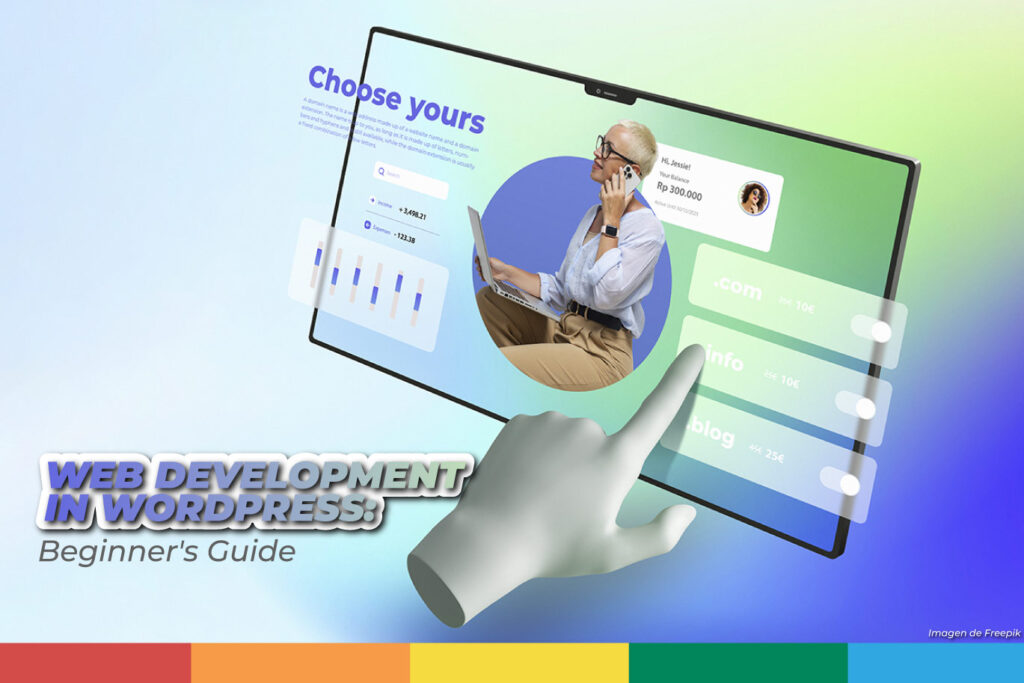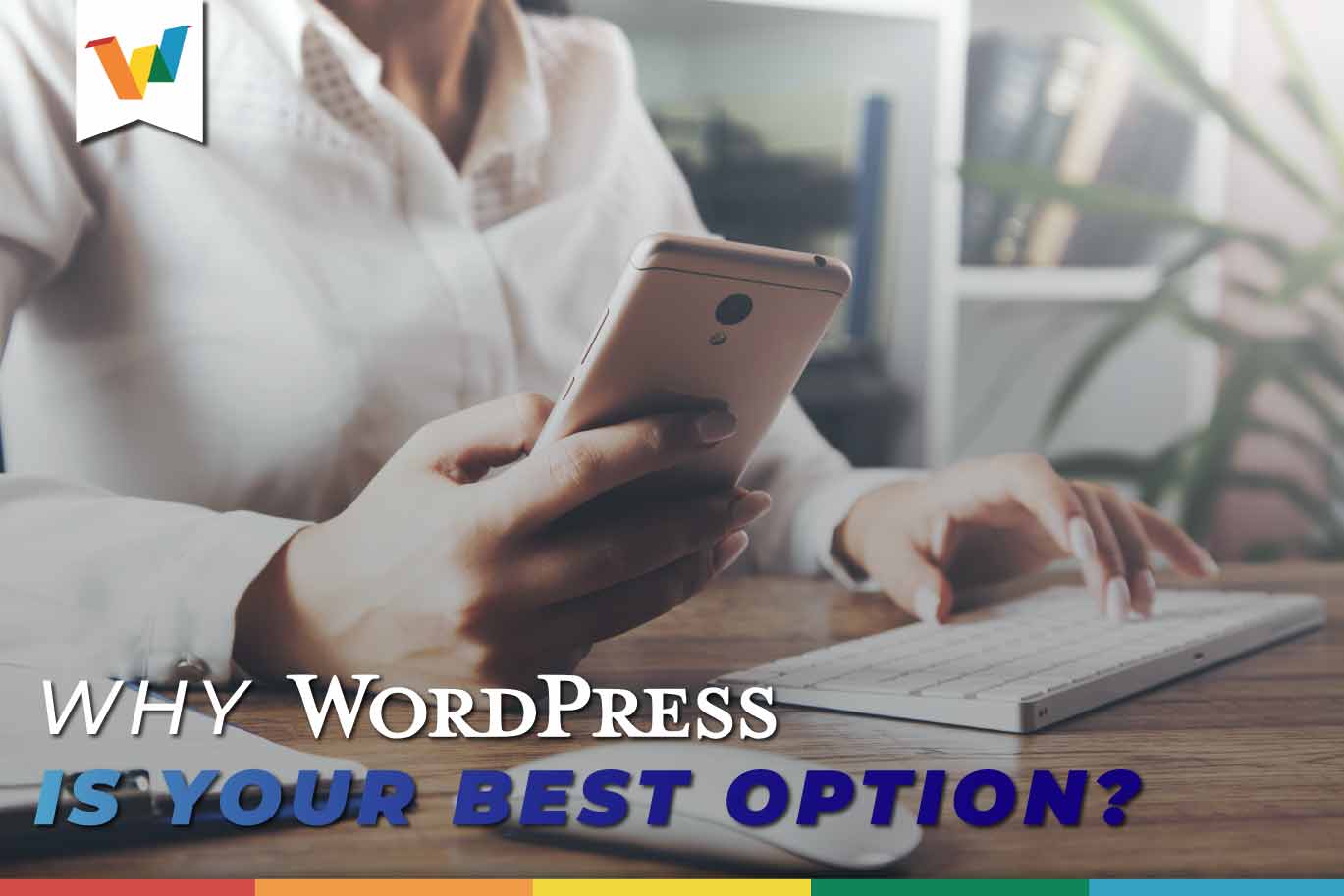In today’s digital era, having an online presence is essential for any business or professional looking to stand out in an increasingly competitive market. Web development has become a fundamental tool to achieve this goal, and WordPress is one of the most popular and accessible platforms for those looking to create their own website. In this beginner’s guide, we will explore the basics of web development in WordPress, from installation to customization and optimization for search engines (SEO).
What is WordPress?
WordPress is an open-source content management system (CMS) that allows users to create and manage websites intuitively and efficiently. It is used by millions of websites worldwide, from personal blogs to corporate websites and online stores. One of the main reasons for its popularity is its ease of use and its wide range of themes and plugins that allow for almost unlimited customization.
Steps to Develop a Website in WordPress
- Domain registration and Web Hosting: Before getting started, you will need a domain name (the address of your website) and a web hosting service where your site’s files will be stored. There are numerous web hosting service providers available, such as DreamHost, Bluehost, SiteGround, or HostGator, that offer beginner-friendly packages.
- WordPress Installation: Most web hosting services offer automatic WordPress installations, making the process easy for beginners. Alternatively, you can download WordPress from its official website and manually install it on your server.
- Theme Selection: Once WordPress is installed, you can choose a theme for your website. There are thousands of free and premium themes available in the official WordPress repository and other third-party websites like ThemeForest. Look for a theme that suits your brand identity and is compatible with your specific needs.
- Site Customization: WordPress offers a wide range of customization options that allow you to modify the appearance and functionality of your website. You can customize colors, fonts, page layouts, and add elements like logos, images, and videos to make your site unique and attractive. Additionally, one of the biggest advantages of using WordPress is the wide variety of third-party plugins available that can help you customize and enhance your site’s functionality. Furthermore, visual builders offer an intuitive and visual way to design pages without the need for coding knowledge.
- Third-Party Plugins: There are thousands of plugins available in the official WordPress repository and other third-party websites that can help you add new functions and features to your website. For example, if you want to add a contact form, you can use plugins like Contact Form 7 or WPForms. If you want to improve your site’s speed, you can install speed optimization plugins like WP Rocket or W3 Total Cache. Explore the plugin repository to find those that best suit your specific needs.
- Visual Builders: Visual builders like Elementor, Divi, or Beaver Builder allow you to design pages and blog posts visually, dragging and dropping elements on a virtual canvas. They offer a wide variety of widgets and pre-defined elements that you can customize to create unique and attractive designs. You can choose from a variety of pre-designed templates or start from scratch and design your own layout. With these builders, you don’t need coding knowledge to create stunning and professional web pages.
- Advanced Customization: In addition to plugins and visual builders, WordPress also allows you to customize your website through custom code. If you have knowledge of HTML, CSS, and PHP, you can directly modify your theme files to make more advanced changes to your website’s design and functionality. However, it’s important to remember to regularly backup your site and exercise caution when making direct code changes to avoid potential compatibility issues or data loss.
- Content Creation: Once your site is set up, it’s time to create content. WordPress makes it easy to create and manage content, allowing you to add text, images, videos, and other multimedia elements intuitively. It’s important to create relevant and engaging content that resonates with your target audience.
- Search Engine Optimization (SEO): SEO is crucial for improving your website’s visibility in search engines like Google. WordPress offers numerous SEO plugins like Yoast SEO or All in One SEO Pack, which help you optimize your pages and posts for specific keywords, improve link structure, and optimize meta descriptions and tags.
- Security and Maintenance: It’s important to keep your website secure and up-to-date. WordPress and its plugins are regularly updated to fix security vulnerabilities and improve performance. Additionally, you should regularly back up your website and use security plugins like Wordfence or Sucuri to protect it against malicious threats.
Web development in WordPress offers an accessible and powerful solution for those looking to create their own website without the need for advanced technical knowledge. With the right steps and a little creativity, you can create a professional and attractive website that boosts your business or professional career. Start your journey into the world of web development with WordPress today and take your online presence to the next level!
Did you know we can help you create your website? Contact us today and let’s bring your project to life.








